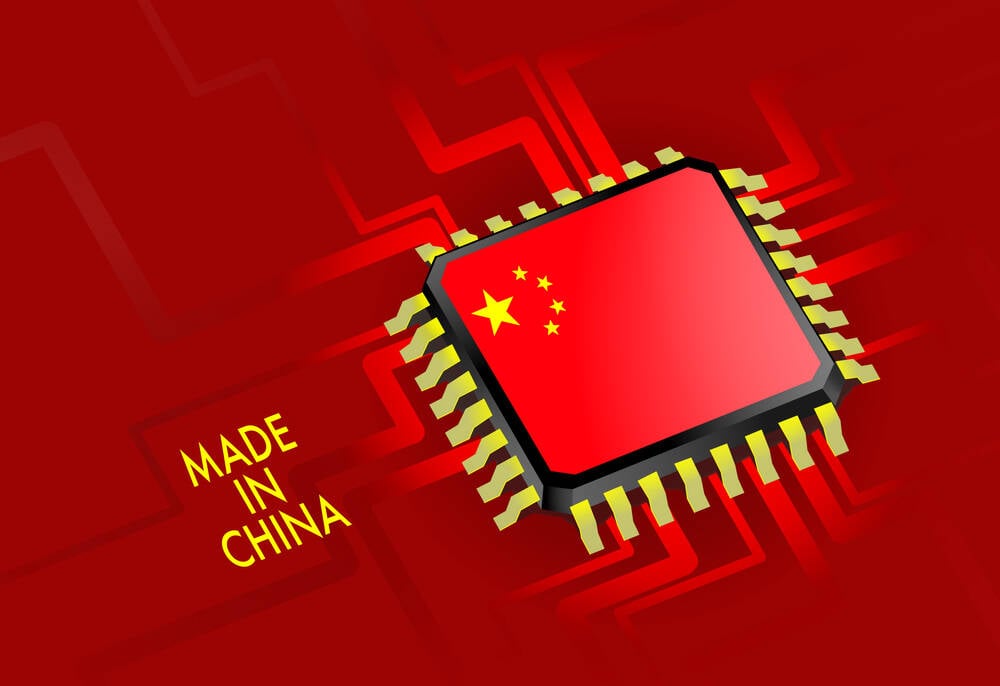China’s economic growth has slowed sharply in the second quarter of the year, official data showed on Friday, highlighting the colossal toll from widespread Covid lockdowns and casting doubt over whether its pre-ordained growth target can be met.
Output contracted by 2.6% between April and June compared with the previous quarter, the statistics bureau said, prompting many economists to revise their predictions for the world’s second biggest economy.
On an annual basis the economy grew 0.4% in the second quarter, the worst since the pandemic-hit first months of 2020, but even that was worse than the consensus forecast by economists of 1%.
The consultancy Capital Economics said the real figure was probably “even weaker than meets the eye” and suggested that the Chinese government – accustomed to trumpeting growth well above that achieved by western countries – could be trying to disguise the economy’s sluggishness.

China’s economic growth slumps sharply after Covid lockdowns
Shutdown of major cities takes its toll, while property market remains in crisis and global outlook darkens


















